Why Daily Updates Matter in Modern Life
In today’s hyperconnected world, daily updates have become essential for navigating personal and professional landscapes. Whether tracking market trends, health insights, or global events, consistent access to current information helps individuals make timely decisions. For professionals, staying informed through daily updates ensures alignment with industry shifts, while everyday users benefit from improved awareness of societal changes. As reliance on digital platforms grows, news consumption patterns evolve, emphasizing the role of real-time data in shaping modern behavior.
Top Sources for Reliable Daily Updates
From reputable news outlets like BBC and Reuters to curated newsletters and social media feeds, numerous platforms offer daily updates. Apps such as Flipboard or Feedly aggregate content tailored to user preferences, streamlining news consumption. Additionally, podcasts and video channels provide audiovisual summaries, making daily updates accessible across formats. Choosing trusted sources minimizes exposure to misinformation, ensuring news consumption remains both efficient and accurate.
How Daily Updates Impact Productivity
Consistent daily updates enhance productivity by reducing reactive decision-making. For instance, project managers using real-time analytics can adjust timelines proactively, while students leveraging educational updates stay ahead in their studies. However, excessive information overload can counteract these benefits, highlighting the need for balanced digital habits that prioritize quality over quantity in news consumption.
Tips for Managing Information Overload
- Limit news consumption to specific times of day to avoid constant interruptions.
- Use filters to curate daily updates based on personal or professional relevance.
- Adopt digital habits like scheduled reading sessions to maintain focus and reduce stress from information overload.
The Role of Technology in Daily Updates
Advancements in AI and machine learning have revolutionized daily updates, enabling personalized content delivery. Smart assistants now summarize articles, while predictive algorithms highlight trending topics. These innovations not only streamline news consumption but also reinforce digital habits that align with individual goals, making daily updates more intuitive and actionable.
Common Challenges with Daily News Consumption
Despite its benefits, news consumption faces challenges like misinformation, algorithmic bias, and the pressure to stay constantly updated. Many users struggle with information overload, leading to fatigue or disengagement. Addressing these issues requires critical evaluation of sources and intentional digital habits that prioritize mental well-being alongside knowledge acquisition.
Automation Tools for Streamlining Updates
Automation tools like IFTTT or Zapier allow users to receive daily updates directly to their devices, reducing manual effort. By integrating these tools with email, calendars, or task managers, individuals can optimize news consumption without sacrificing efficiency. For example, developers might use GitHub alerts for code updates, while marketers track campaign performance through automated dashboards. Explore more on https://menrich-press.com/dota-2-tier-list/ for niche automation strategies.
Daily Updates vs. Periodic Reviews: Which Works Better?
While daily updates offer immediacy, periodic reviews provide deeper analysis. Professionals often blend both approaches—using daily briefings for urgent matters and weekly summaries for strategic planning. This balance prevents information overload while maintaining engagement with news consumption that aligns with long-term objectives.
Personalizing Your Update Preferences
Customizing daily updates ensures relevance by filtering content based on interests, roles, or locations. Subscribing to specialized blogs, adjusting app settings, or using voice-activated commands can refine news consumption to match individual needs. This personalization fosters digital habits that are both sustainable and meaningful, reducing the risk of information overload.
Global Trends Shaping Daily Updates
Globally, trends like AI-driven journalism and decentralized news platforms are reshaping daily updates. In regions with limited internet access, offline update systems are gaining traction, while others embrace immersive technologies like AR for news consumption. These shifts underscore the evolving role of daily updates in bridging cultural and technological divides.
Security Concerns in Real-Time Information Sharing
Real-time daily updates pose risks such as data breaches or unauthorized sharing of sensitive information. Users must prioritize cybersecurity measures like encryption and two-factor authentication when accessing news consumption platforms. Adopting secure digital habits ensures that information overload does not compromise privacy or safety.
Case Studies: Businesses Leveraging Daily Updates
- A retail chain improved inventory management by integrating supplier daily updates into its logistics software.
- An e-learning platform boosted engagement through personalized student daily updates based on progress analytics.
- A healthcare provider reduced diagnostic delays using AI-curated news consumption for medical research updates.
Future of Daily Updates in the Digital Age
The future of daily updates lies in seamless integration with emerging technologies like quantum computing and neural interfaces. As these innovations mature, news consumption may transition from passive intake to interactive experiences, further refining digital habits that prioritize efficiency and clarity amid growing information overload.
Building Healthy Habits Around Daily Updates
Fostering healthy digital habits involves setting boundaries, such as designating “update-free” hours or using apps to monitor screen time. Pairing daily updates with mindfulness practices ensures that news consumption remains a tool for empowerment rather than a source of stress. Ultimately, balancing information overload with intentional routines strengthens both productivity and well-being.

Leave a Comment